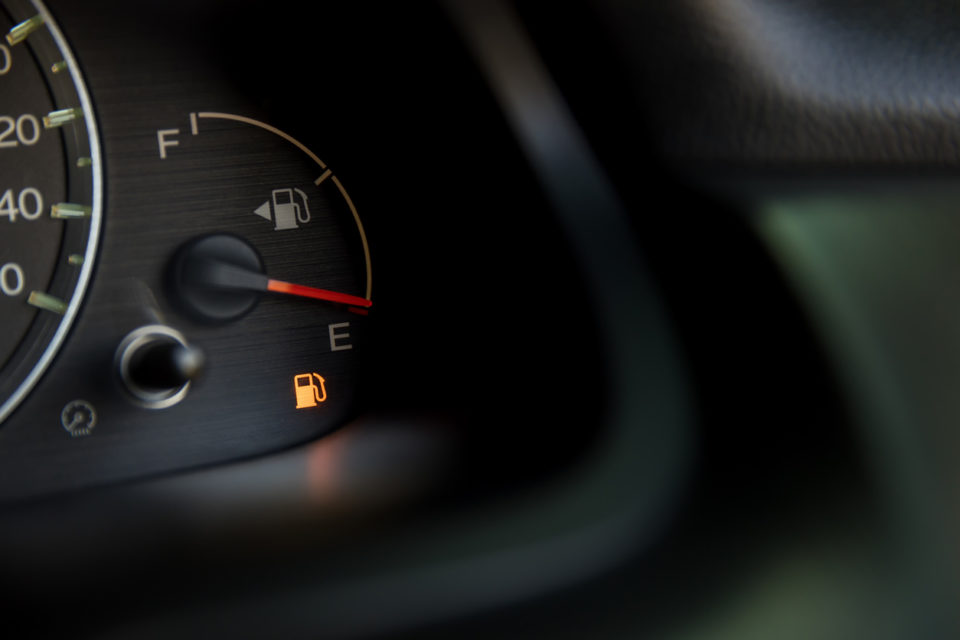
We’ve all been there. You forget to fill up your tank or overestimate the gas mileage. You see that the fuel light comes on and you’re not sure if you will make it to the next stop before you run out. It’s important to know what to do when you’re running out of gas!
Get Your Bearings
First things first, you should pull the vehicle over and locate the nearest gas station using a smartphone or your car navigation system. Make sure you don’t turn off the engine. Starting the car again uses more gas than if you were to leave the vehicle running.
Slow Your Roll
Fun fact: cars are most fuel-efficient when they are driving between 35 to 45 mph. Of course, you don’t want to drive too slow on a high-speed interstate, but you also don’t want to accelerate just to get to the gas station faster. Heavy acceleration and breaking will use more gas than you have.
86 the A/C
Turning off the air conditioning is so important. This will take the stress off the engine and allow the car to save fuel. A/C also turns on the cabin fan which uses even more power and increases the strain on the accelerator. So just turn the A/C off until you reach a gas station.
Ax Accessories
Turning off the audio and other electrical devices like phone chargers will help save fuel for the same reasons as previously stated. This may be a small amount of fuel-saving but could mean the difference between pushing your vehicle or not.
Roll ‘Em Up
It may be tempting to roll your windows down since you turned off the air conditioning, but you’ll want to keep them up. Open windows mean wind resistance, which will only make your vehicle work harder to operate.
You might also like: Keep The Good Luck Going With These Leftover Black-Eyed Pea Recipes
Drive Downhill
Although you may not have a say, your navigation might. If there is more than one gas station nearby and one is downhill, go for that one. Coasting downhill takes a lot less gas than climbing a hill. When coasting, don’t shift to neutral. Although at one time this made sense, in today’s cars it keeps the engine running so you don’t lose steering or brake power.
